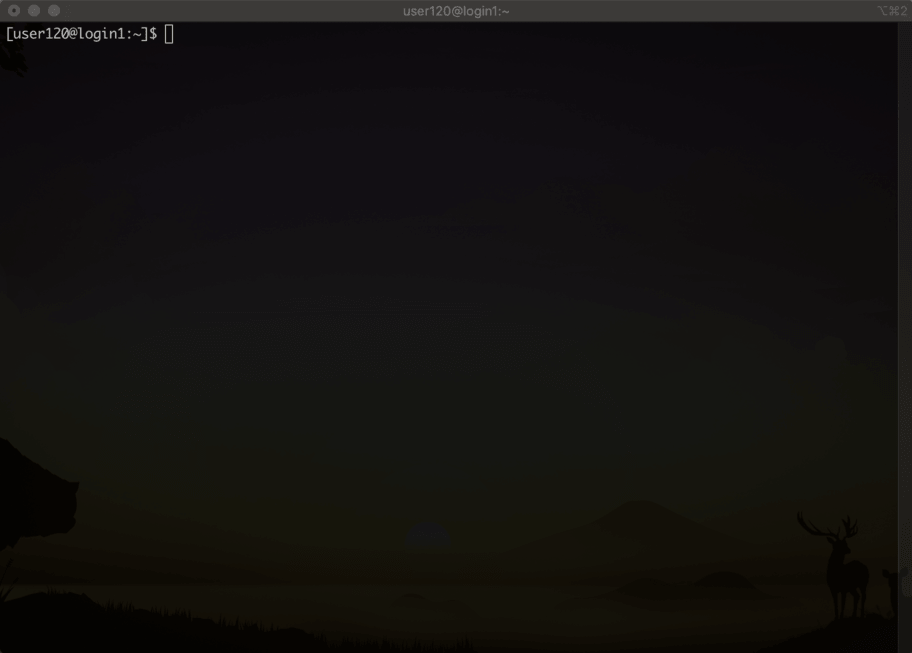Parallel programming in Chapel
Tuesday, November 17
9 am–5 pm Pacific Time
This course will start at 9am Pacific Time and will run until 5pm Pacific Time. Its format will be a combination of several interactive Zoom sessions and the reading materials in-between the Zoom sessions. Course materials will be added here shortly before the start of the course.
This course is a general introduction to the main principles of parallel programming, using Chapel programming language to illustrate the basic concepts and ideas. Chapel is a relatively new language for both shared- and distributed-memory programming, with easy-to-use, high-level abstractions for both task and data parallelism that make it ideal for learning parallel programming for a novice HPC user. Chapel is incredibly intuitive, striving to merge the ease-of-use of Python and the performance of traditional compiled languages such as C and Fortran. Parallel constructs that typically take tens of lines of MPI code can be expressed in only a few lines of Chapel code. Chapel is open source and can run on any Unix-like operating system, with hardware support from laptops to large HPC systems.
Instructor: Alex Razoumov (WestGrid)
Prerequisites: working knowledge of the Linux Bash shell and familiarity with Compute Canada’s HPC cluster environment, in particular, with the Slurm scheduler (covered in this school’s HPC course).
Software: All attendees will need a remote secure shell (SSH) client installed on their computer in order to
participate in the course exercises. On Windows we recommend
the free Home Edition of MobaXterm. On Mac and Linux computers SSH is
usually pre-installed (try typing ssh in a terminal to make sure it is there).

Zoom
9am-9:45am Pacific
Morning opening session
On your own
Basic language features
Task parallelism
(try to get here as far as you can)
Zoom
12:30pm-2pm Pacific
Mid-day session
On your own
Task parallelism (cont.)
(continue where you left off)
Data parallelism
Zoom
3:30pm-5pm Pacific
Cover challenges, do some exercises, and wrap up the course.